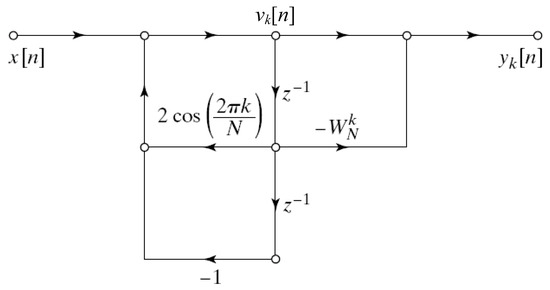


There, automatic relays or a human telephone operator decoded the number that you dialed to know where to connect your call. The pulses generated by this interruption of the current traversed the telephone wires to the local telephone exchange. During this rotation back, the dial mechanism in the phone interrupted the electrical current of the telephone line a specific number of times (depending on which number you selected). You’d then move your finger away and the dial would slowly rotate back to its starting position. To dial a number, you’d insert your finger into the rotary dial hole for a specific number and pull the dial until your finger hit the metal bar. This rotary dial had 10 holes arranged in a circle, with each hole corresponding to a specific number-usually, “1” through “9” and followed by a “0.” The dial also had a small metal bar on one side of the circle. These wired connections also ended up having a secondary use: allowing a phone user to directly dial a telephone number from his phone, at first by using a rotary dial on the front face of the phone. (Check out our blog post on VoIP vs Landline vs Cell Calls if you’d like to learn more.) This is what enabled telephone calls to occur. Before DTMF: Rotary Dial Phones and Pulse DialingĪt the time of their first arrival in homes, telephones were physically connected to a local telephone exchange building through wires that left a phone’s handset and ended at the exchange. In this blog post, we’re focusing on one of those acronyms: DTMF, which stands for dual-tone multi-frequency signaling. You’d be excused for thinking that these letters are what you’d find when you dip your spoon into some alphabet soup, but they actually refer to some important telephone technology! The telephone world is full of these acronyms, and while you may not know what they stand for or how they work, they play a big role in our daily lives.


 0 kommentar(er)
0 kommentar(er)
